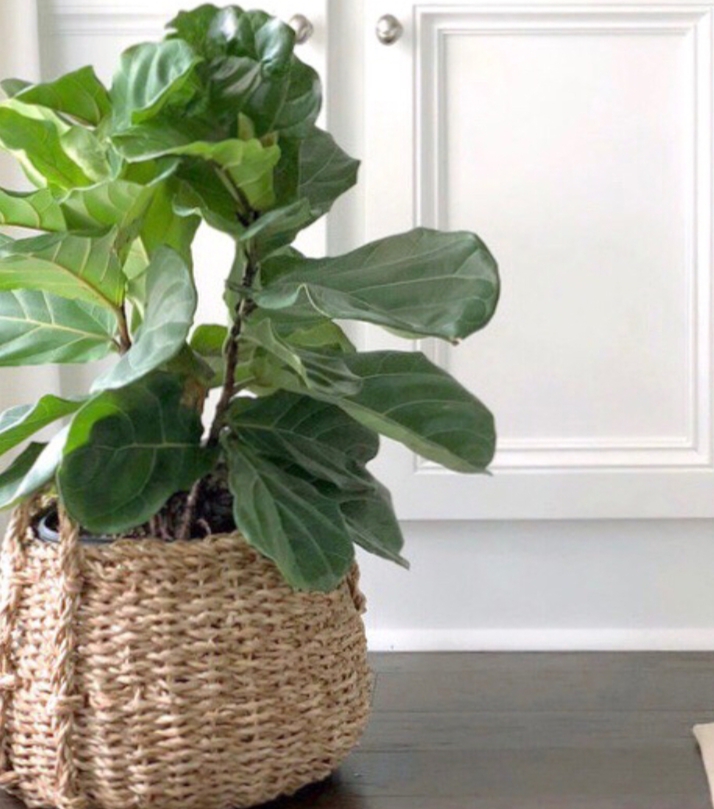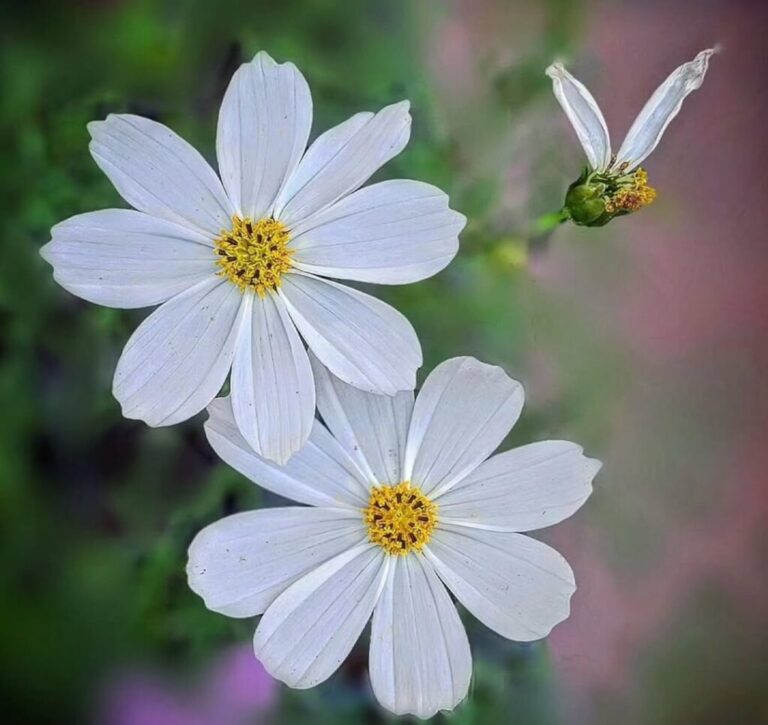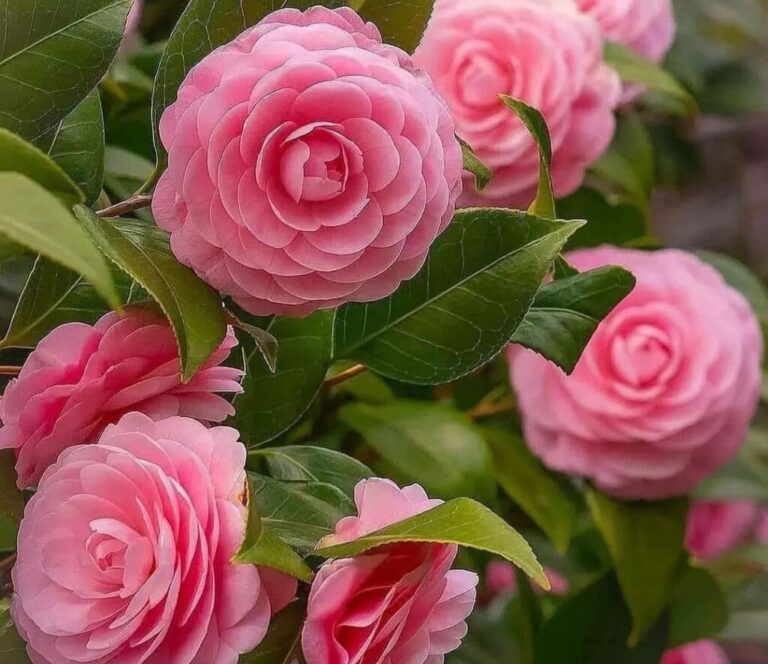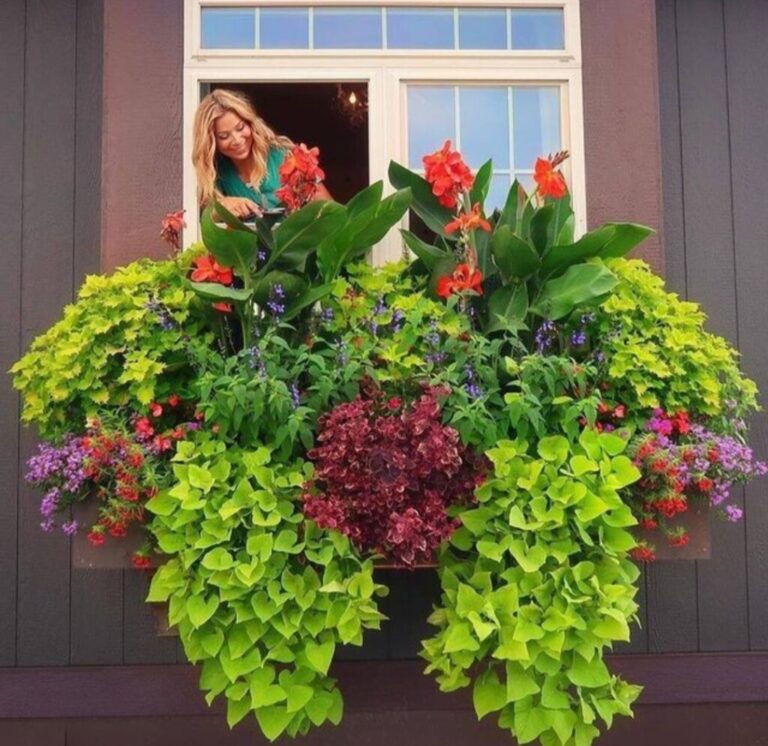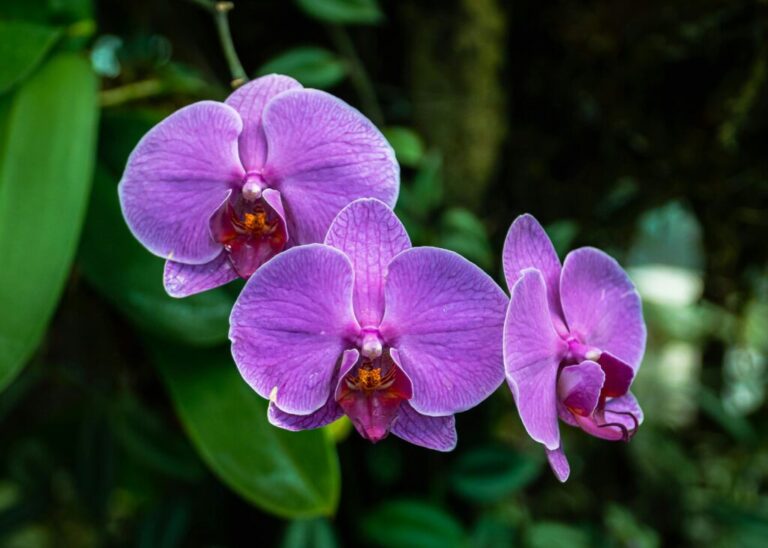The Fiddle Leaf Fig (Ficus lyrata) has taken the houseplant world by storm, becoming a staple in modern home décor. With its large, violin-shaped leaves and striking presence, this plant adds an elegant, tropical feel to any space. However, Fiddle Leaf Fig Plant Care can be challenging, as many plant enthusiasts—especially beginners—struggle to keep their Fiddle Leaf Fig healthy and thriving. This tropical tree is known for being somewhat finicky, reacting quickly to changes in its environment, improper watering, or poor light conditions
If you’ve ever admired a lush, towering Fiddle Leaf Fig in a magazine or on social media and wondered, Can I keep one alive?—the answer is yes! While it does require specific care, once you understand its needs, maintaining a Fiddle Leaf Fig becomes much easier. Whether you’re a first-time plant parent or someone looking to troubleshoot yellowing leaves, drooping foliage, or slow growth, this guide will provide you with all the essential information.
In this comprehensive care guide, we’ll cover everything from the ideal light and watering schedule to common problems and solutions. You’ll also learn how to prune, propagate, and maintain the plant’s signature glossy green leaves. By following these expert tips, you can turn your Fiddle Leaf Fig into a thriving indoor tree that brings life and vibrancy to your home.
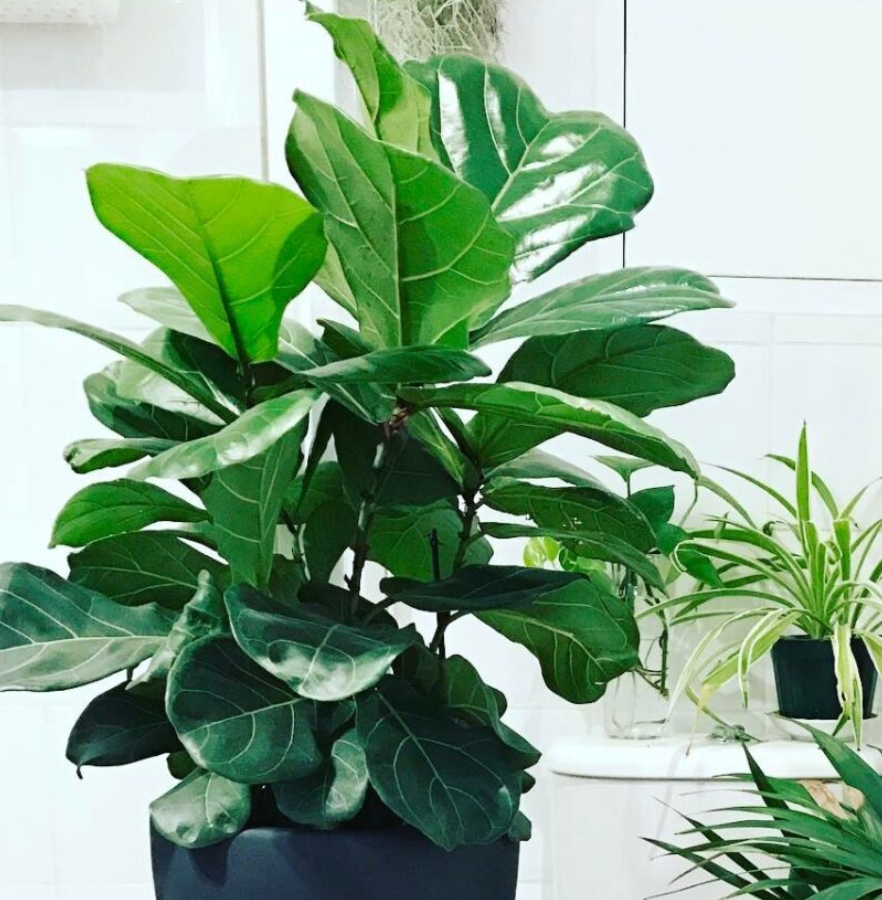
1. Meet the Fiddle-Leaf Fig: A Stylish Indoor Tree
Native to the rainforests of West Africa, the fiddle-leaf fig is an epiphyte in the wild, meaning it starts life high in the branches of other trees before its roots reach the ground. While this sounds dramatic, in your home, it’s simply a beautiful, fast-growing plant that can reach up to 10 feet tall indoors.
Why Is the Fiddle-Leaf Fig So Popular?
Aesthetic Appeal: Large, violin-shaped leaves create an eye-catching display.
Air-Purifying Qualities: Helps filter toxins from indoor air.
Versatile Size Options: Small desk plants or towering trees to suit any space.
Let’s dive into the essential care tips to ensure your fiddle-leaf fig thrives.
2. Essential Care Tips
Watering: The Right Balance Is Key
Fiddle-leaf figs dislike extremes—too much water can lead to root rot, while too little can cause leaf drop. Here’s how to get it right:
✔ Check soil moisture: Stick your finger 2-3 inches into the soil. If dry, it’s time to water.
✔ Water thoroughly: Use filtered or room-temperature water until it drains from the bottom.
✔ Drainage is crucial: Never let your plant sit in standing water.
✔ Adjust for seasons: Water less in winter when growth slows.
💡 Pro Tip: If the leaves become limp or develop brown spots, adjust your watering routine.
Light: Finding the Perfect Spot
Fiddle-leaf figs thrive in bright, indirect light. Without enough light, they become leggy and weak.
✔ Best Placement: Near a sunny window with filtered light.
✔ Avoid: Direct sun, which can scorch leaves, and dark corners where growth will slow.
✔ Rotate Weekly: To ensure even growth and prevent leaning.
💡 Pro Tip: If natural light is limited, supplement with a grow light to keep your fig healthy.
Humidity & Temperature: Mimicking Its Natural Habitat
✔ Ideal Humidity: 50% or higher—use a humidifier or mist the leaves regularly.
✔ Temperature Range: 65-75°F (18-24°C); avoid sudden drops.
✔ Keep Away From: Air vents, heaters, and drafts.
💡 Pro Tip: Place a tray of pebbles and water beneath the plant to boost humidity.
3. Keeping Your Fiddle-Leaf Fig Healthy
Leaf Cleaning: The Secret to Glossy, Lush Leaves
Dust can block sunlight from reaching the leaves, affecting photosynthesis. Keep your plant looking vibrant by:
✔ Wiping leaves weekly with a damp cloth.
✔ Avoiding leaf shine sprays that clog pores.
✔ Using a soft brush to remove debris from crevices.
💡 Pro Tip: Regularly cleaning the leaves also helps prevent pests like spider mites.
Encouraging Growth & Strengthening the Trunk
Fiddle-leaf figs are top-heavy and need strong trunks to support their lush foliage.
✔ Gently shake the trunk every few weeks to mimic natural wind exposure.
✔ Prune leggy growth to encourage branching.
✔ Support larger trees with a moss pole if they become unstable.
💡 Pro Tip: If your plant outgrows its space, prune the top to maintain a manageable height.
Common Problems & How to Fix Them
| Problem | Cause | Solution |
|---|---|---|
| Leaf Drop | Overwatering, low light, or stress | Adjust watering, move to brighter spot |
| Yellowing Leaves | Too much water or poor drainage | Let soil dry out, repot if needed |
| Brown Edges | Low humidity or inconsistent watering | Mist leaves, use a pebble tray |
| Drooping Leaves | Underwatering or shock | Water deeply, avoid moving too often |
💡 Pro Tip: If your fiddle-leaf fig is struggling, check the roots. If they’re mushy, root rot may be the issue, requiring a repot in fresh soil.
4. Choosing the Right Fiddle-Leaf Fig for Your Space
Fiddle-leaf figs come in various sizes, making them suitable for different home environments.
| Size | Height | Best For |
|---|---|---|
| Small | 20-30cm | Desks, shelves, tabletops |
| Medium | 100-110cm | Corners, bright spaces |
| Large | 130-160cm | Living rooms, statement pieces |
💡 Pro Tip: If you want a more structured shape, choose a tree form rather than a bushier plant.
5. Must-Have Accessories for Better Plant Care
To keep your fiddle-leaf fig in peak condition, consider these helpful tools:
✔ Mister: Boosts humidity levels.
✔ Soft Cloths: Essential for dusting leaves.
✔ Plant Food: Provides nutrients for healthy growth.
💡 Pro Tip: Use a balanced liquid fertilizer every 4-6 weeks during the growing season.
6. Final Tips & Community Engagement
Your fiddle-leaf fig is more than just a plant—it’s a living statement piece! Stay engaged with other plant lovers by sharing your journey online.
🌿 Join the #FiddleLeafFriday trend on social media.
🌿 Connect with fellow plant parents for care tips and troubleshooting.
🌿 Enjoy the process—every leaf is a sign of growth!
The Patch Promise: We’re Here to Help
If your fiddle-leaf fig isn’t thriving, don’t worry! With proper care and a little patience, you’ll have a happy, healthy plant that brings beauty to your home for years.
FAQs on Fiddle Leaf Fig Plant Care
What is the best way to start Fiddle Leaf Fig Plant Care?
The best way to start Fiddle Leaf Fig Plant Care is by ensuring the plant receives bright, indirect sunlight for at least six hours daily. Water the plant when the top inch of soil dries out, maintain a humidity level of 50-60%, and use well-draining soil to prevent root rot.
How often should I water my fiddle leaf fig for proper care?
For effective Fiddle Leaf Fig Plant Care, water your plant once a week or when the soil feels dry.Underwatering results in leaf drop, while overwatering might induce root rot. Always check moisture levels before watering and use a pot with drainage holes to avoid excess water retention.
What type of soil is best for Fiddle Leaf Fig Plant Care?
Using the right soil is crucial for Fiddle Leaf Fig Plant Care. A well-draining potting mix containing peat, pine bark, and perlite works best. This mix ensures good aeration, retains adequate moisture, and prevents root rot. Steer clear of thick, water-retaining soils since they can choke the roots
Why are the leaves of my fiddle leaf fig turning brown?
A common issue in Fiddle Leaf Fig Plant Care is brown leaves, which can be caused by overwatering, underwatering, low humidity, or excessive direct sunlight. To fix this, check your watering routine, increase humidity using a humidifier or pebble tray, and ensure your plant is not exposed to strong sunlight.
Can I mist my fiddle leaf fig to improve care?
Yes, misting is beneficial for Fiddle Leaf Fig Plant Care, as it increases humidity, especially in dry environments.But sprinkling by itself won’t keep the plant hydrated. Use a humidifier or place a water tray nearby to maintain humidity around 50-60% for healthy leaf growth.
